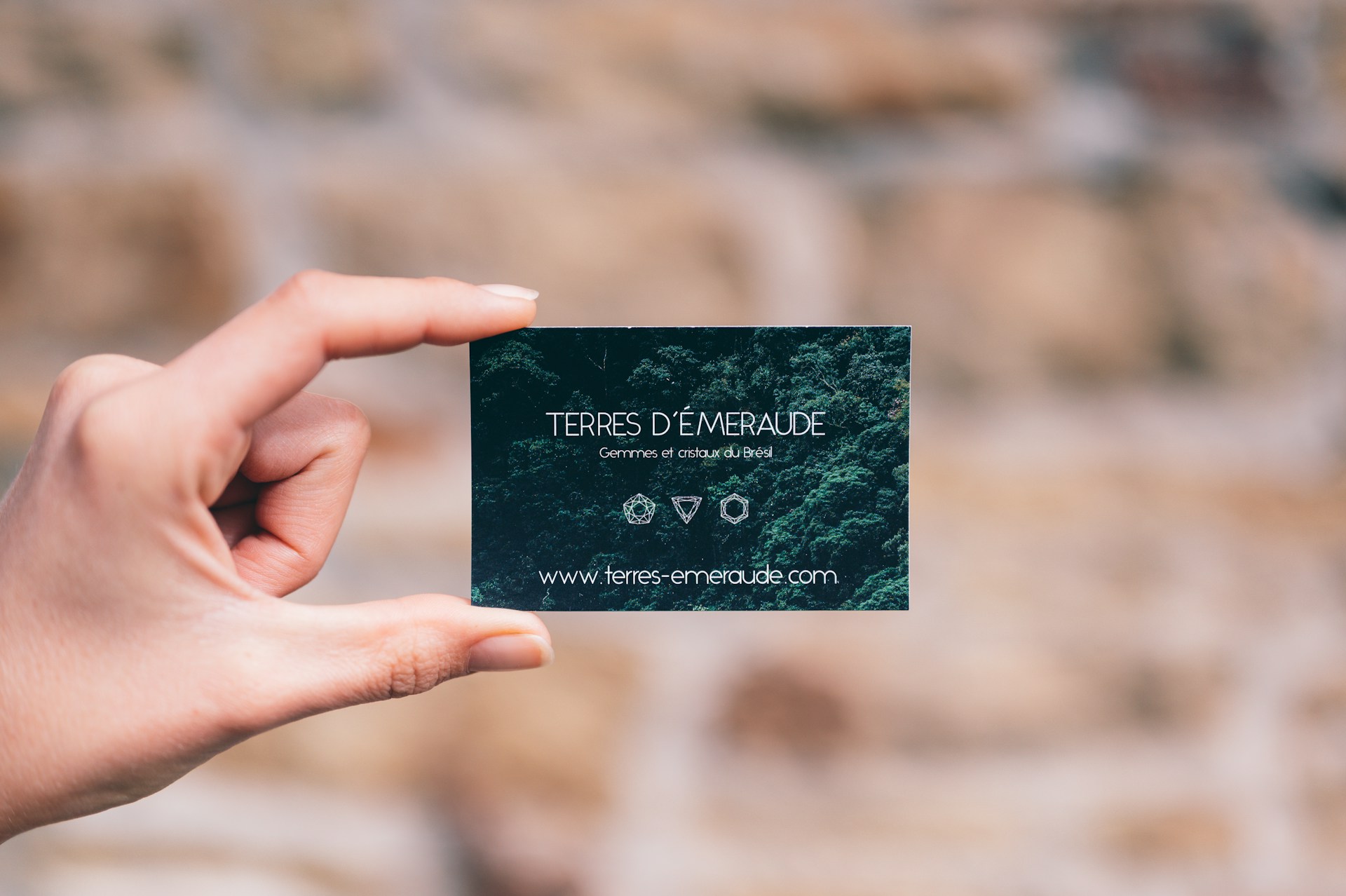

Sometimes, it’s easy to overlook the value of a seemingly small piece of paper: the business card. However, this unassuming little rectangle holds a surprising amount of power when it comes to making a lasting impression and building professional relationships. Business cards have been around forever, and even with all the fancy tech you have now, they’re still a must-have for anyone looking to make connections and grow their business.
But what exactly makes business cards so paramount, and how can you maximize their power in an increasingly digital world? This article shall explore the many benefits of having a well-designed business card and share some tips on how to create a digital business card that will expand your networking opportunities.
Why Are Business Cards Important?
A business card is more than just a piece of paper with your contact information. It’s a representation of your brand and a reflection of your professionalism. Here are some of the few reasons why business cards remain vital in the business landscape, particularly for business owners:
First Impressions Matter
Your business card will be the first official representation of your brand that people will encounter. A well-designed, high-quality business card can help you stand out and leave a good first impression on potential clients or partners. If you want to make a great first impression, you can opt for a digital business card that can be easily shared and saved on smartphones. Not only is it convenient but others will be curious about your memorable business card and might urge them to get one too.
Tangible Reminder Of Your Brand
In a world where everyone’s constantly bombarded with digital information, a physical business card provides a tangible reminder of your brand. When someone takes your card, they’re not just getting your contact information. They’re getting a piece of your brand that they can hold onto and refer back to later. This can be especially valuable if you’re professional networking at a large event, trade shows, or conference where people are meeting many different contacts in a short period of time.
Facilitates Follow-Up And Connection
When you exchange business cards with someone, you’re opening the door to further communication and connection. Your business card provides all the necessary information for the other person to follow up with you, whether that’s by email, phone, or social media. This can be the start of a valuable professional relationship that can lead to new opportunities and growth for your business.
Cost-Effective Marketing Tool
Business cards are a relatively low-cost promotional tool to market your business and get your name out there. Plus, if you get creative with your design or use unique business cards like wood or metal business cards, it becomes a memorable conversation starter that helps you stand out even more.
How To Switch To Digital Business Cards?
So, you’re convinced that business cards are still important, but you’re also intrigued by the idea of going digital. After all, you live in an increasingly paperless world, and there are some definite advantages to having a digital version of your business card. But how exactly do you make the switch? Here are some steps to get you started:
Choose A Digital Business Card Platform
There are several different platforms and apps out there that let you to create and share digital business cards. Take some time to research the different features and pricing plans of each platform to find the one that best suits your needs and budget.
Design Your Digital Card
Just like with a traditional paper business card, the design of your digital card is important. You want it to be visually appealing, easy to read, and reflective of your brand. Most digital business card platforms offer templates and design tools to help you create a professional-looking card. As always, be sure to include all the important contact details, such as your name, job title, company, contact information, email address, phone number, and social media handles.
Add Multimedia Elements
One of the great things about digital business cards is that you can include multimedia elements that wouldn’t be possible with a paper or physical business card. For example, you could add a headshot or logo, links to your website and social media profiles, or even a short video introducing yourself and your business. Just be sure not to go overboard. You still want your card to be easy to navigate and not overwhelm the recipient with too much information.
Share Your Digital Card
Once you have your digital business card set up, it’s time to start sharing it! Most platforms offer several different ways to share your card, such as via email, text message, or social media. You can also create a unique URL for your card that you can include in your email signature or on your website. Whenever you meet someone new, whether in person or online, be sure to follow up by sending them your digital card.
Keep Your Card Up To Date
Just like with a traditional paper business card, it’s important to keep your digital card up to date with your latest contact details and any changes to your job title or company. Most digital business card platforms make it easy to update your card in real-time, so be sure to take advantage of this feature.
Use Your Digital Card In Conjunction With Paper Cards
While digital business cards have many advantages, that doesn’t mean you need to completely abandon traditional paper cards. In fact, using both can be a powerful combination. You can exchange paper cards in person and then follow up by sending a digital version for easy reference and follow-up. Or, you can include a QR code on your paper card that links to your digital card for a seamless transition between the two.
Analyze And Adjust
One of the great things about digital business cards is that they offer analytics and insights into how people interact with your card. Most platforms will show you data on how many people have viewed your card, clicked on your links, and more. Use this information to see what’s working well and what might need some adjustments.
Making the switch to digital business cards can seem daunting at first, but it doesn’t have to be. By following these steps and choosing a platform that works for you, you can easily create and start sharing your digital card in no time. And who knows? You might just find that you prefer the digital version to the traditional paper card!
The Bottom Line
It’s clear that business cards are still a big deal in the professional world. Whether you go for a classic paper card, metal business card, or plunge into the digital version, the key is to create a design that really represents your brand. And once you’ve made that connection, don’t forget to follow up and keep the conversation going. At the end of the day, business cards are just the beginning. It’s up to you to turn those initial interactions into something meaningful and long-lasting. So go forth and make those business cards work for you!
